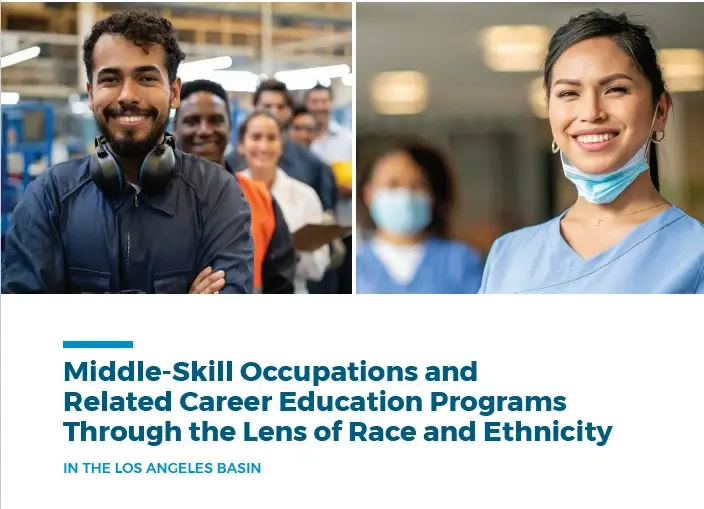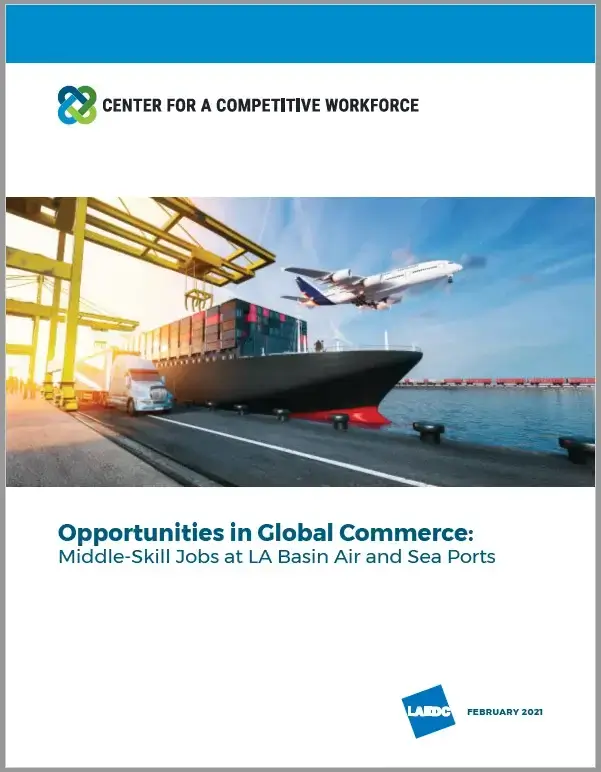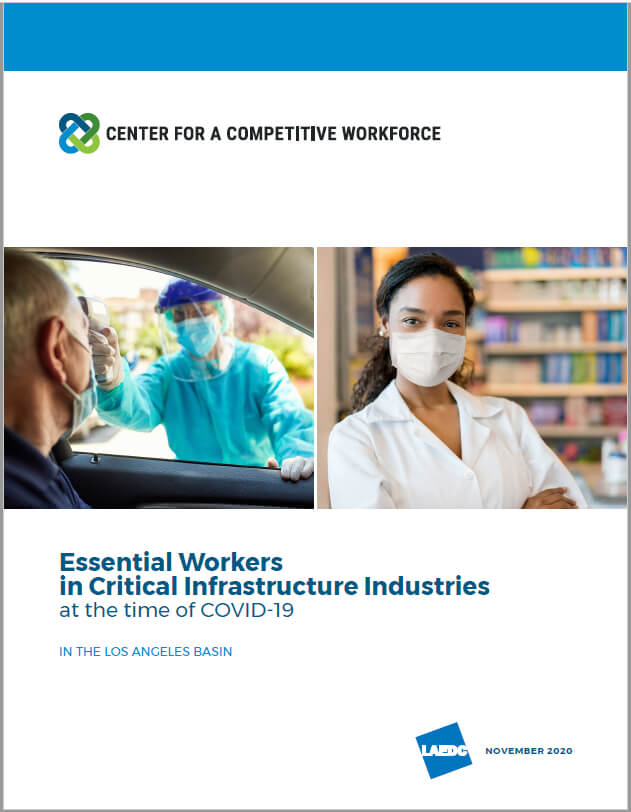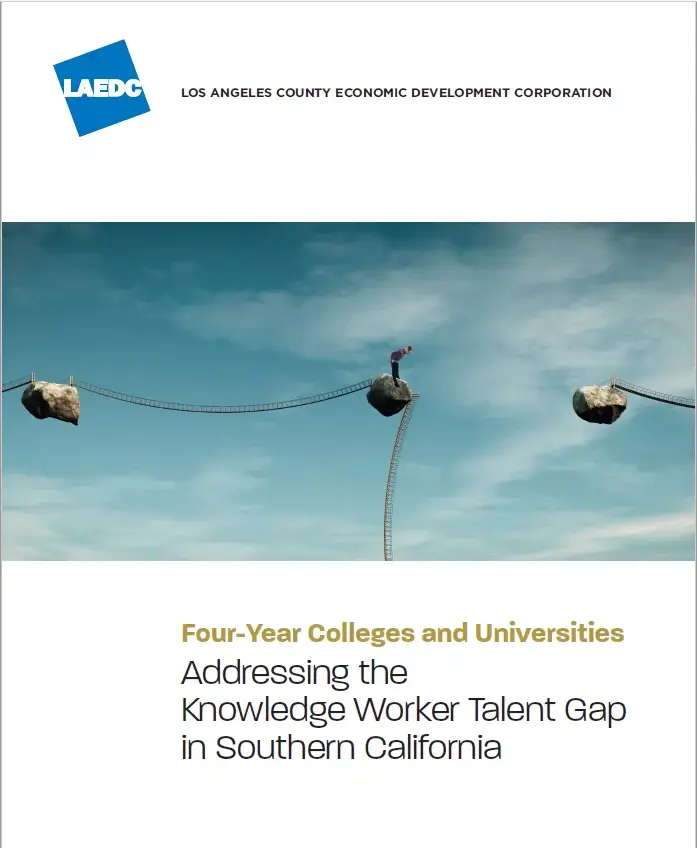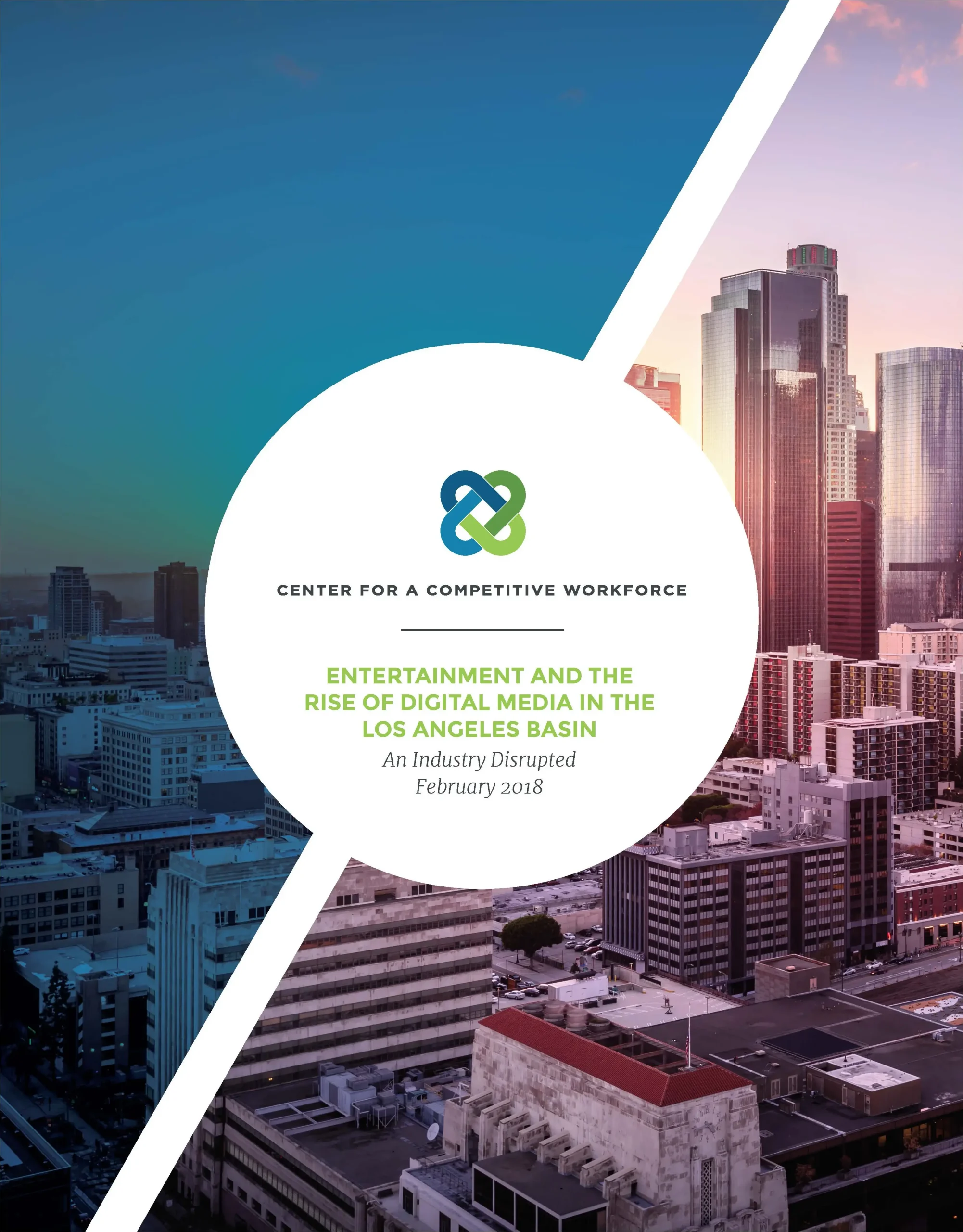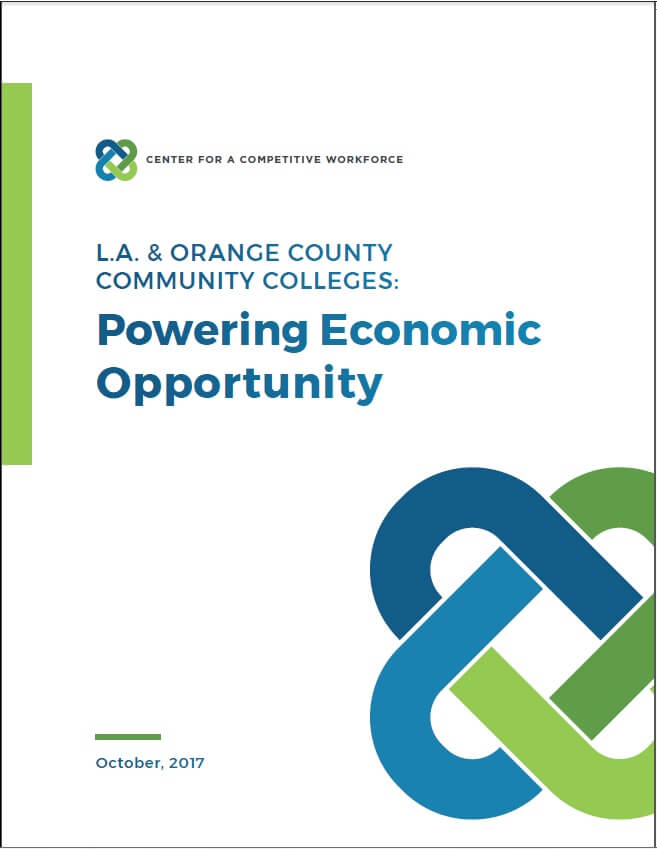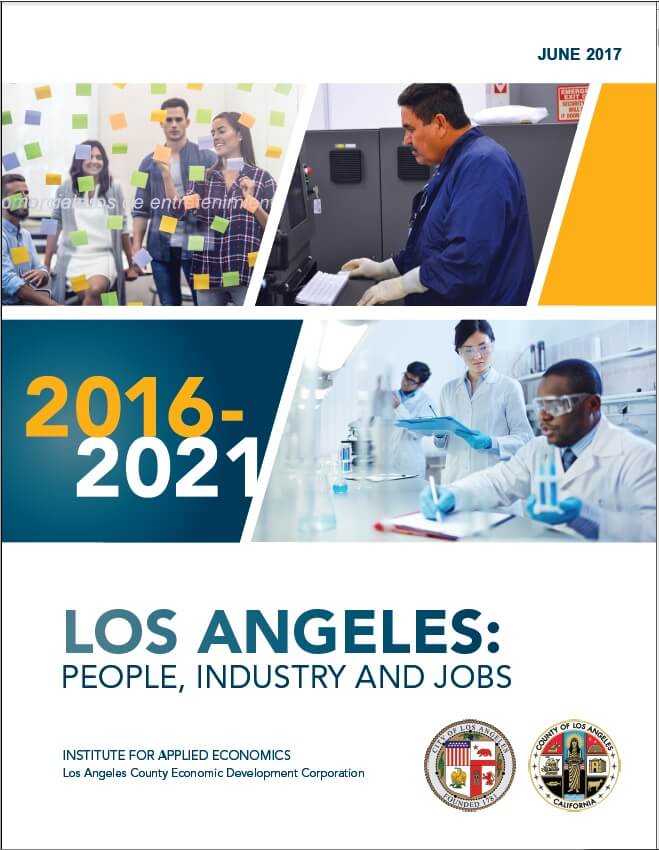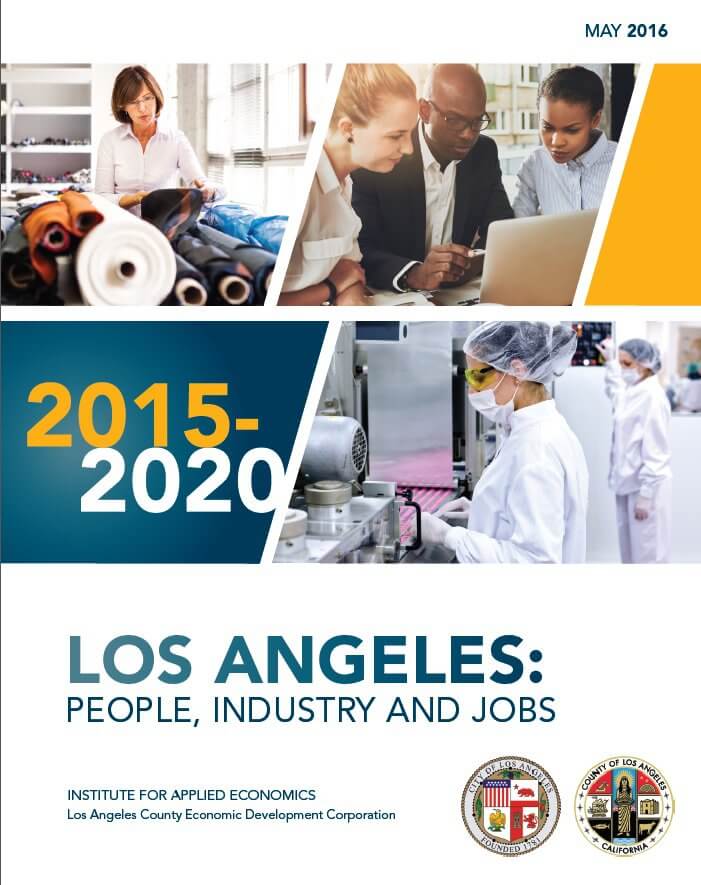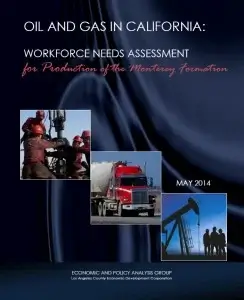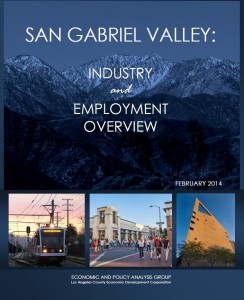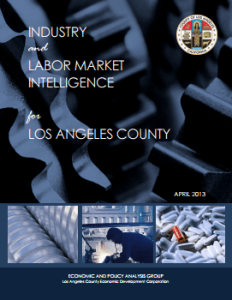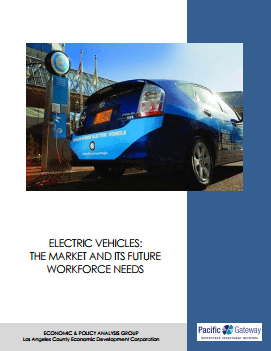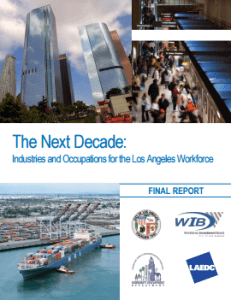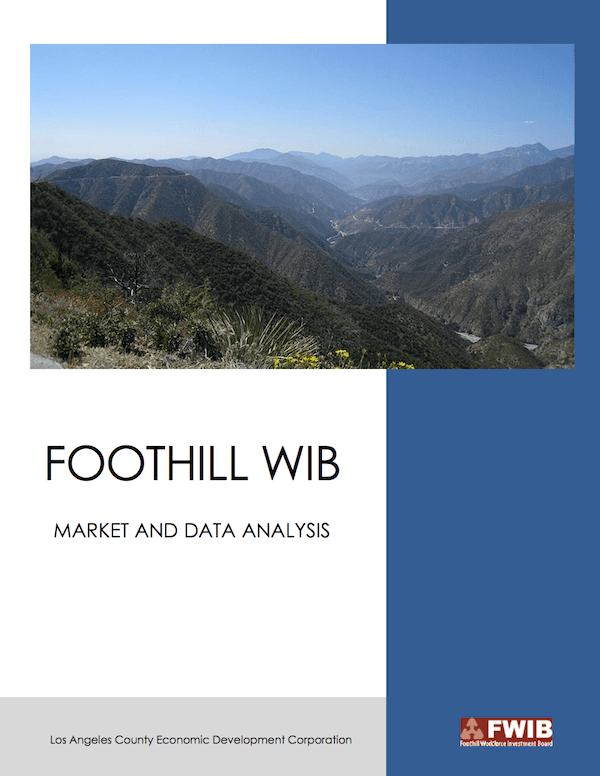Middle-Skill Occupations through the Lens of Race & Ethnicity
Center for a Competitive Workforce (CCW), powered by LAEDC, has released a new report, Middle-Skill Occupations and Related Career Education Programs through the Lens of Race and Ethnicity in the LA Basin. The report provides data and analysis of several industries and occupations with opportunities for greater diversity to better represent the diversity of the region’s people. LAEDC’s Institute for Applied Economics partnered with the Center of Excellence for Labor Market Research to publish this report. The goal of the report is to highlight well-paying jobs with strong hiring demand, to support decisions that lead to more widely shared prosperity. More specifically it identifies pathways into well-paying jobs that will support a more equitable recovery and better diversity and inclusion in LA’s economy.
